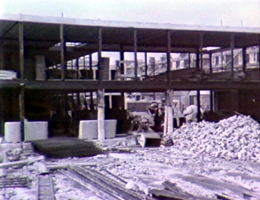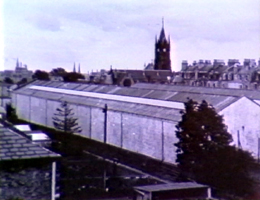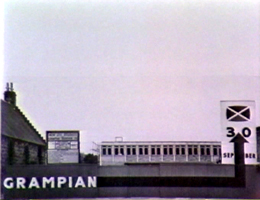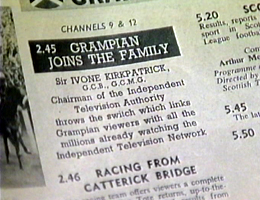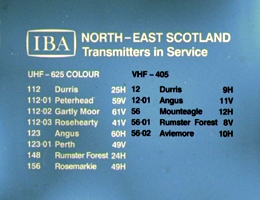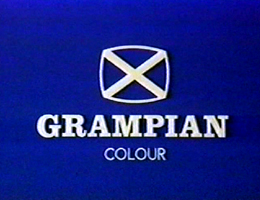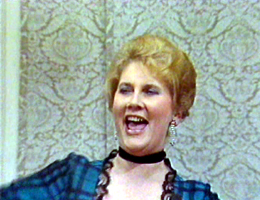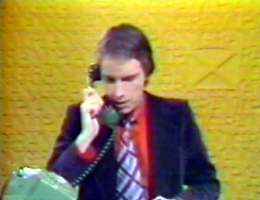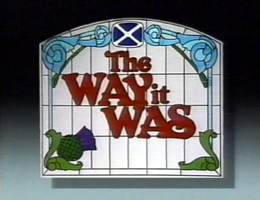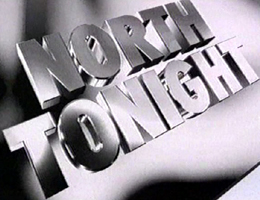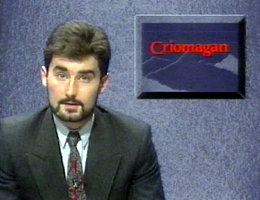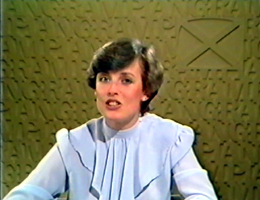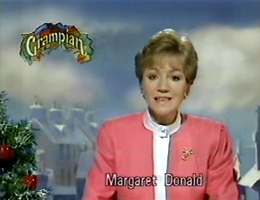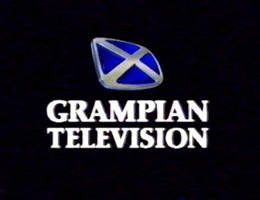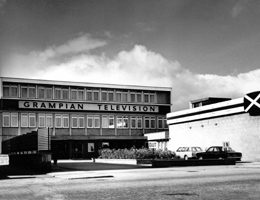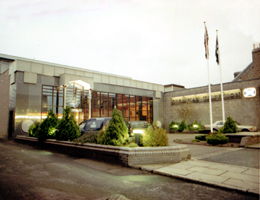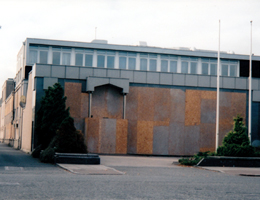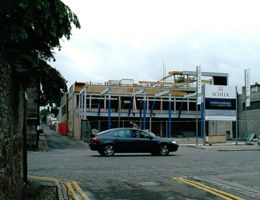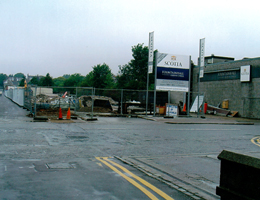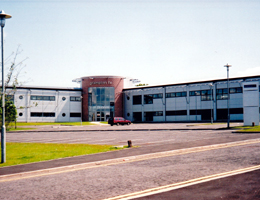The ITV region in the North of Scotland was established in 1961 with VHF transmitters serving the areas around Aberdeen and Inverness. Grampian Television won the contract in 1960.
The Grampian story began in a granite built tram depot in the westend of Aberdeen. Humble beginings for what was to be an industry pushing forward the frontiers of technology.
The BBC with it’s monopoly of the air in sound and vision was firmly entrenched but Britain’s newest independent television station was set to change that.
As viewers in the North East of Scotland scanned their first edition of the Grampian TV Times on Saturday the 30th of September 1961. At 2.45 pm Sir Ivone Kirkpatrick Chairman of the Independent Television Authority threw the switch and welcomed Grampian viewers to the Independent Television Network. Grampian was on air and their first programme at 2.46 pm was Racing From Catterick Bridge.
UHF transmitters in the north-east began in 1971 and the transmitter building programme continued until coverage extended across northern Scotland to the Orkneys and Shetlands, the Western isles and parts of the west coast northwards from the isle of Skye.
By 1979 there were eight main UHF transmitters, thirty-six UHF relay stations and five VHF stations. As one of the smallest ITV regions in the number of viewers, geographically, it became the largest – stretching some 200 miles from Aberdeen in the east to the Isle of Lewis in the west, and some 400 miles from the Shetlands in the north to Fife in the south. Aberdeen, Inverness and Perth were the major centres of the population. In the specifications by the IBA, this contract area from 1982, the enlarged coverage was recognised in a change of name from North-East Scotland to North Scotland.
Among the noteworthy features of Grampian’s output was the way it reflected the life of North Scotland. As the financial position improved during the 1970’s, priority was given nevertheless to expanding news and current affairs coverage, particularly from Dundee and Inverness. Grampian pioneered the concept of subsidiary studios with cameras equipment remotely controlled from headquarters in Aberdeen.
‘Flare up Shetland’, shown in September 1972, was Grampian’s first oil documentary. So great was local interest and involvement in the oil phenomenon, that a series of hour-long debates followed at peak viewing times that autumn, when Grampian moved into colour production. ‘What Price Oil?’ was launched, the series was presented by the then Head Of News, Charles Smith and won an award for the programme having done most to promote the understanding of trade industry. Later developments in the news department equipped the company to become a valuable supplier to ITN, and coverage of the disaster in the Ekofisk field in April 1977 was a world scoop, screened in 107 countries. This was to be followed by a networked documentary, ‘Blow Out at Bravo’.



